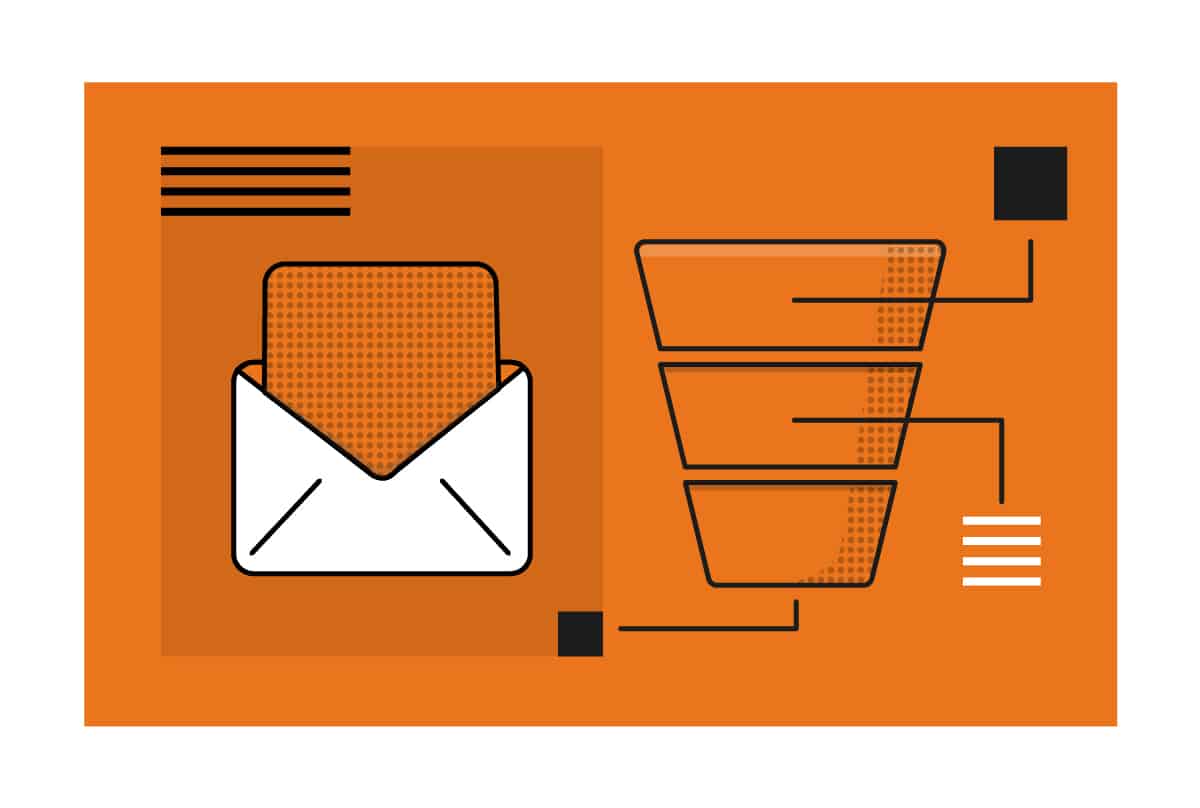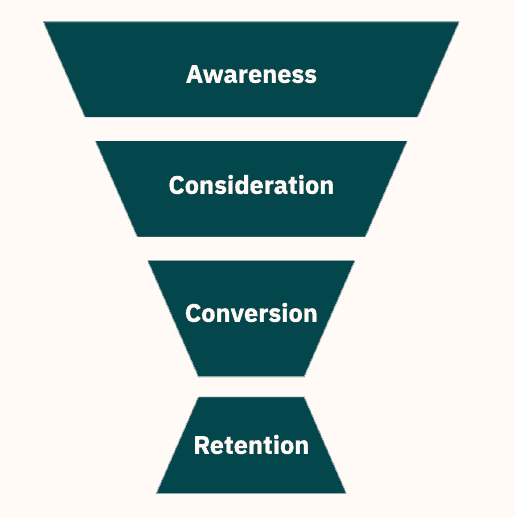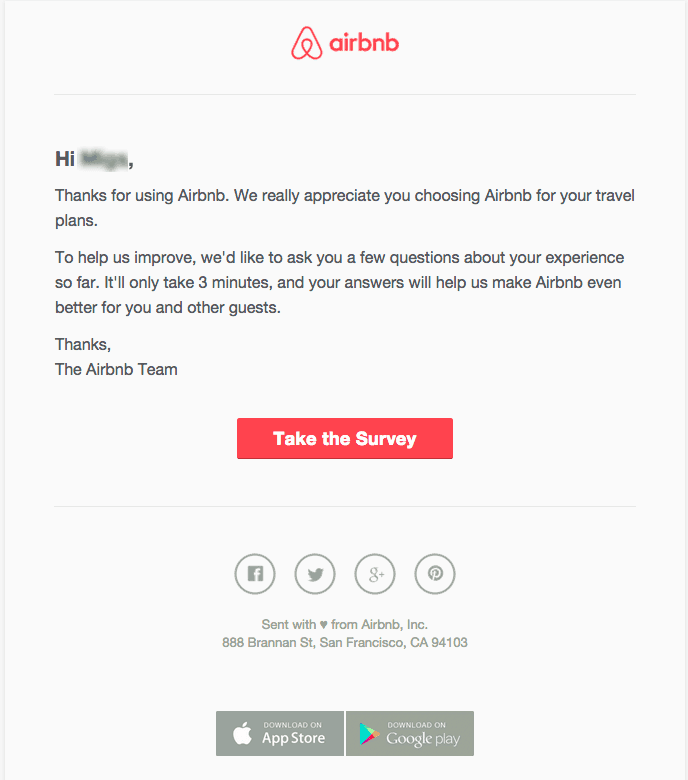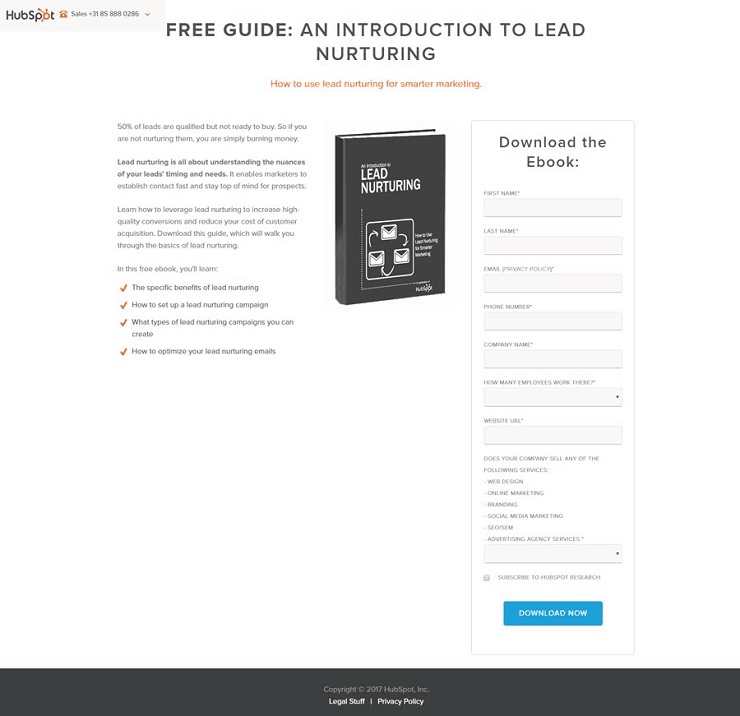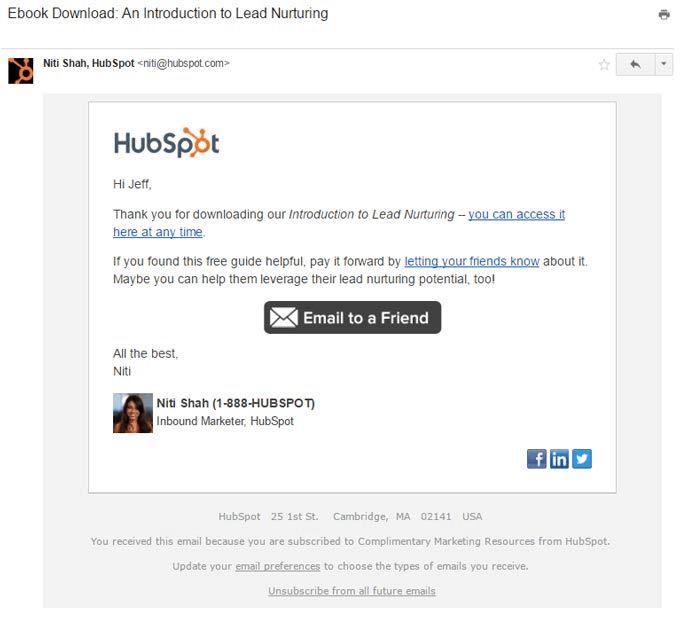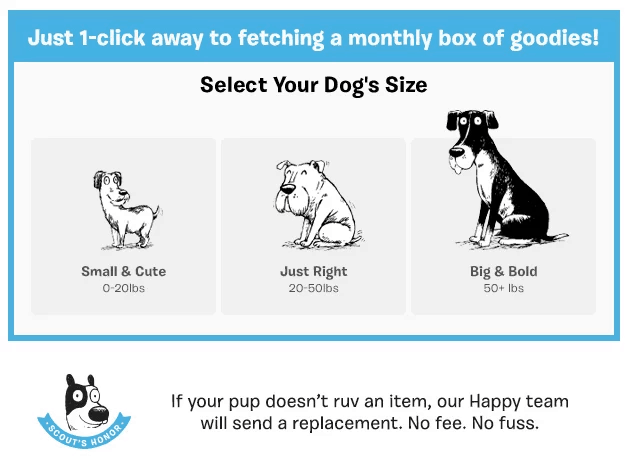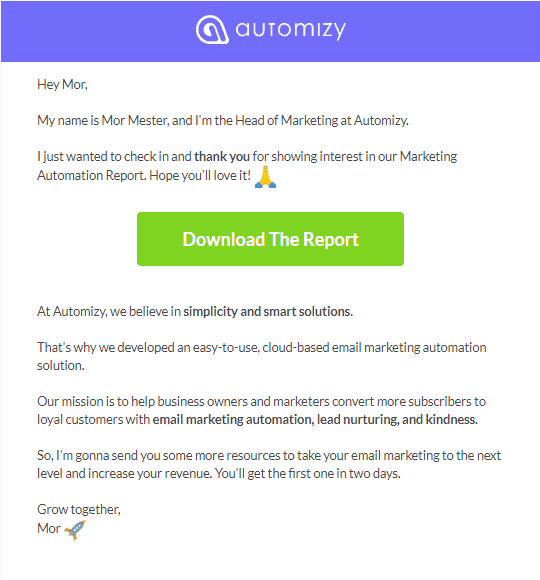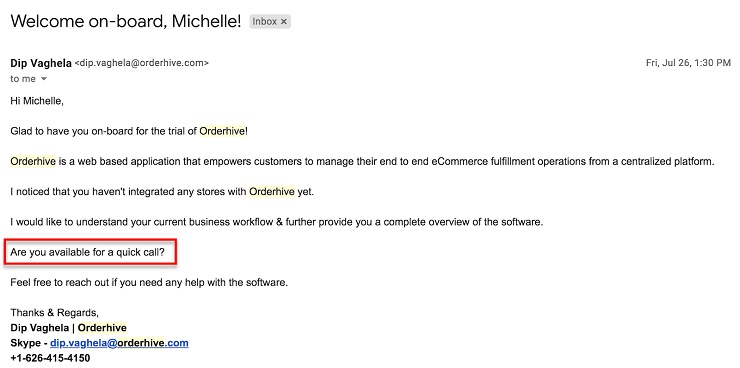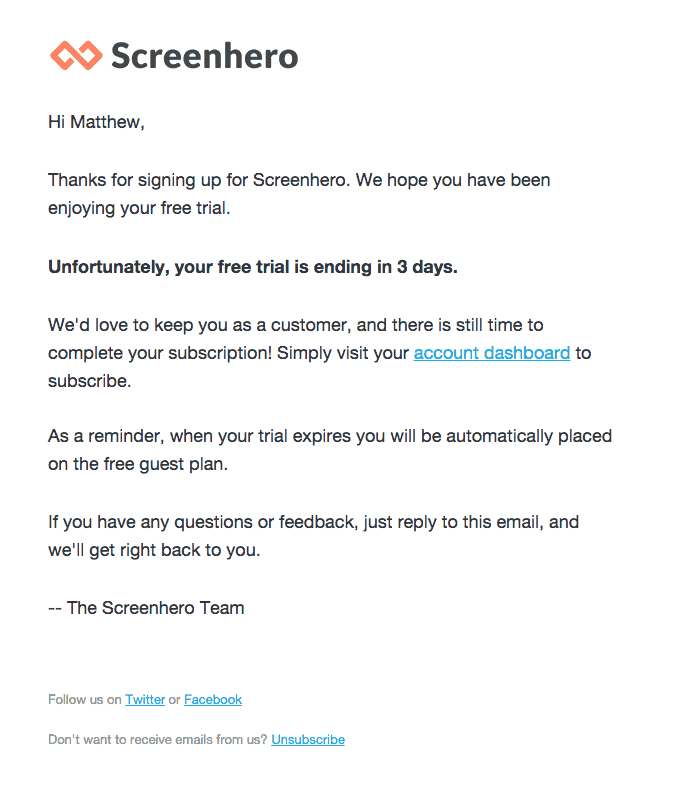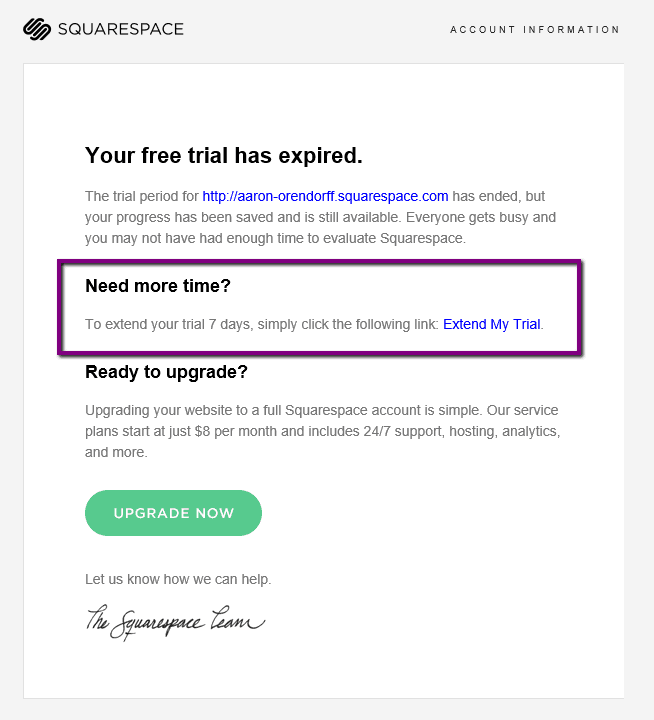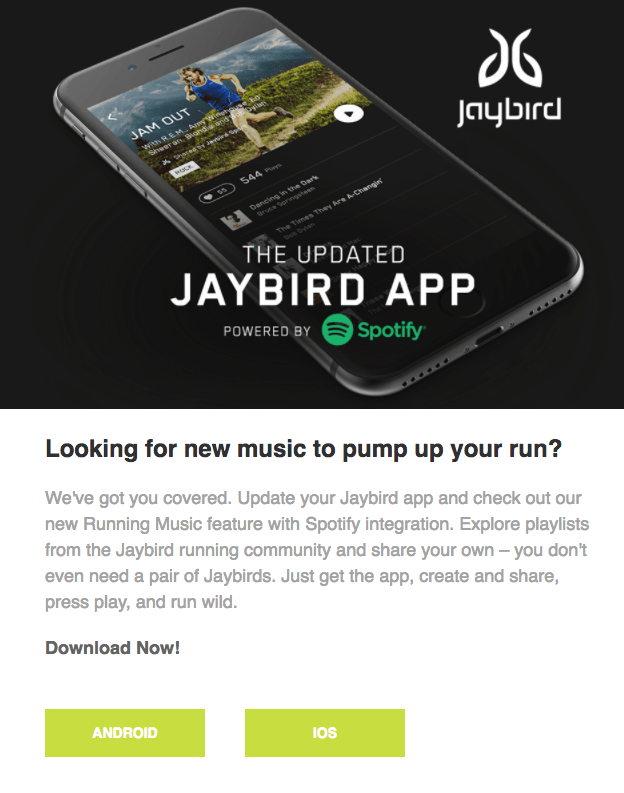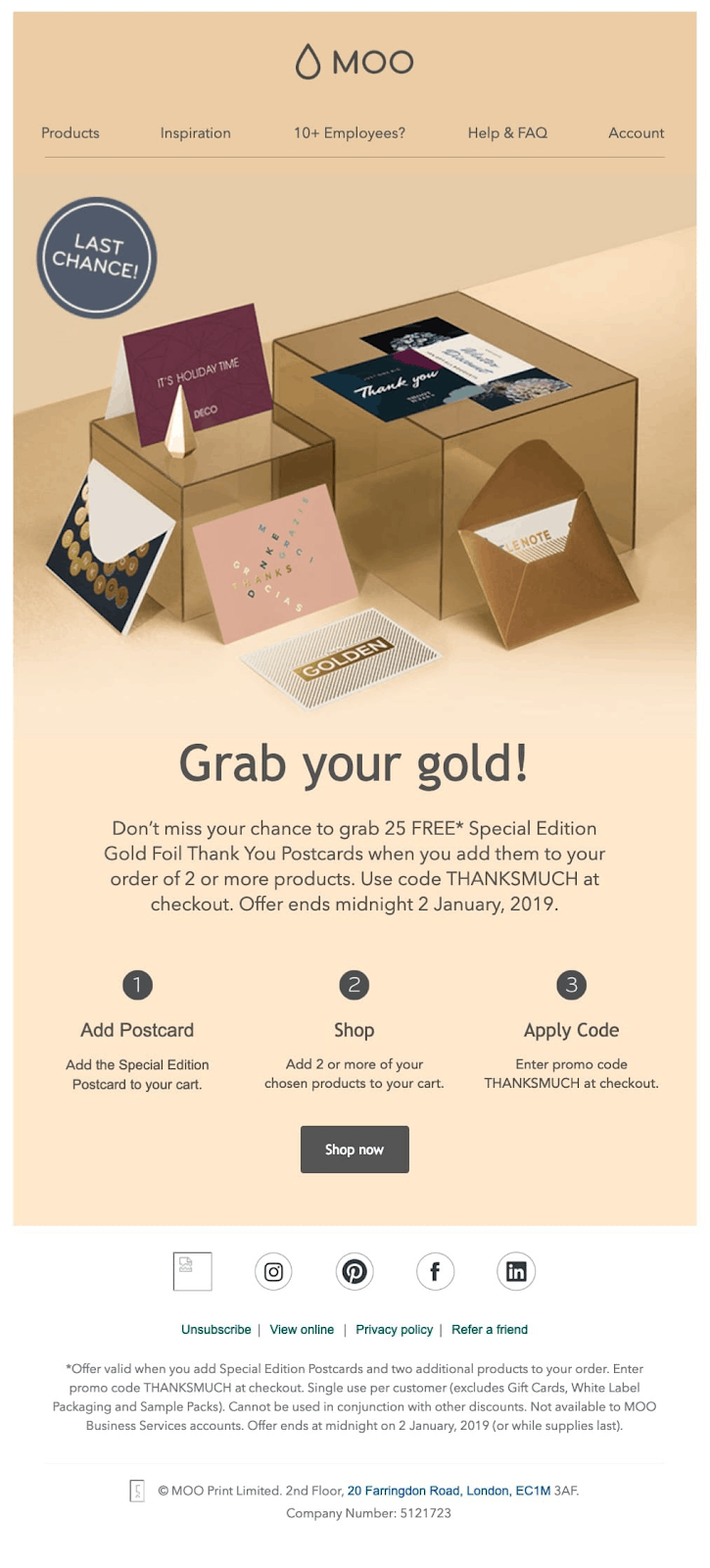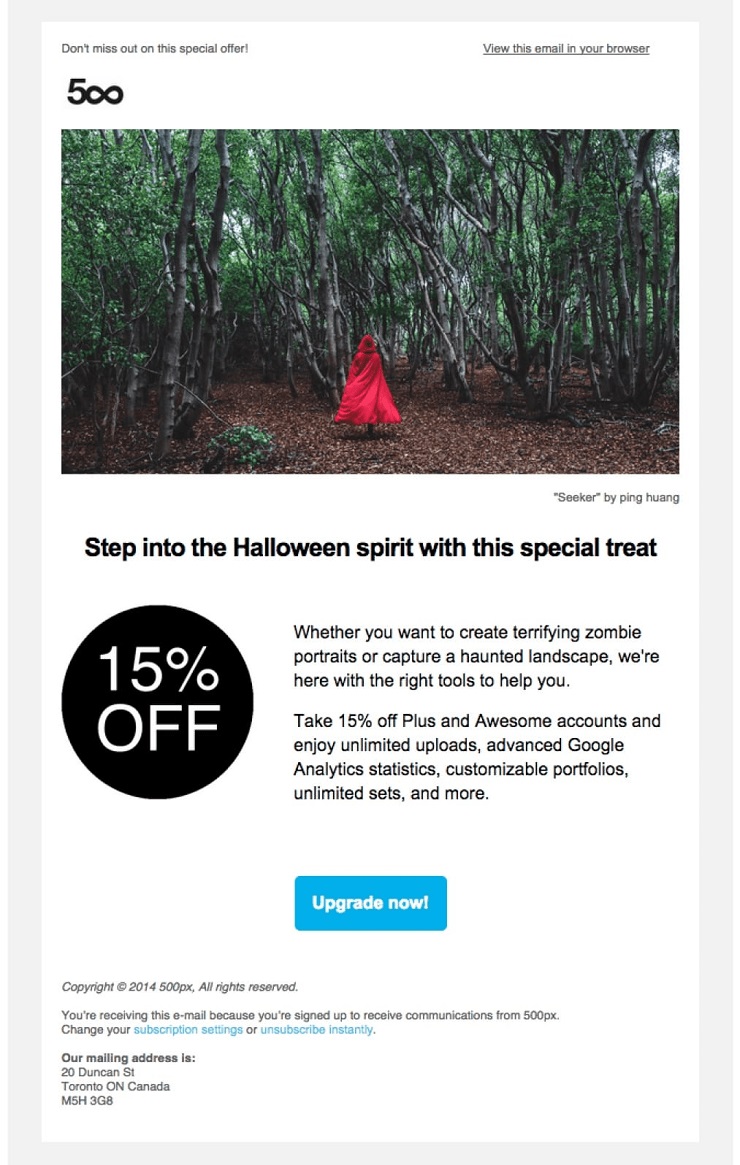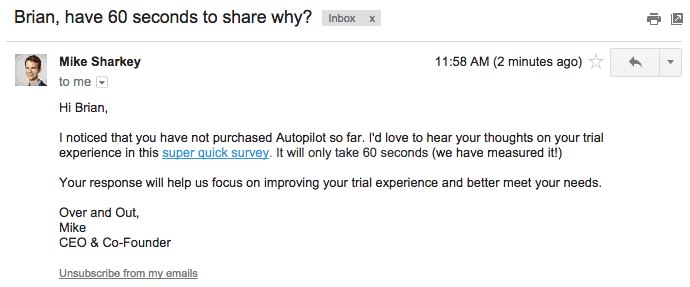Email marketing is one of the best ways to build relationships with your customers and make more sales. Indeed, studies have shown that email marketing drives $44 ROI for every $1 spent.
Email marketing builds rapport with your consumers so that they’re more inclined to stick with you for the long haul – and make purchases from you. Moreover, email can be inexpensive and is proven to work.
But are you doing it right?
For email to be effective and convert customers, it must contain persuasive copywriting, and you also need to use it throughout every stage of your sales funnel.
In this article, we’re going to take a look at how to use email marketing to optimize each stage of your sales funnel.
Get The Advanced Email Secrets to Skyrocket Your Opens, Clicks and Sales!
Emails for Your Sales Funnel
What is a Sales Funnel?
Understand Your Goals Before Creating an Email Sales Funnel
Top of the Funnel: Awareness
Middle of the Funnel: Consideration
Bottom of the Funnel: Conversion
Retain Customers: Loyalty Stage
Email Subscribers Not Converted Into Customers
What is a Sales Funnel?
A sales funnel is the journey your customers go on as they get to know your brand and your products, before and after making a purchase and staying loyal.
- Awareness stage: This is the moment where you first catch your prospect’s attention. Welcome emails are one good example.
- Consideration stage: At this stage your prospect is aware of their problem and is seeking a solution. This content may include educational emails that get your prospect closer to wanting to work with you or buy your products.
- Conversion stage: Now your prospect will make their final educated purchasing decision and the conversion will be made. Emails may entail limited-time offers and social proof that you are a legitimate company in your industry.
- Retention stage: During the retention stage, you need to develop a strategy that develops the long-term relationship with your customer so that they keep purchasing from your business. Think high-converting “thank you” emails.
The problem is that some customers get stuck at various stages of the funnel. Others, however, do make it to the bottom of the funnel and go to make a purchase, and hopefully many more. And the reason they do this is because the business has optimized every stage of the funnel with solid email copywriting that nudges them along.
Understand Your Goals Before Creating an Email Sales Funnel
Know Your Audience
You might think you have a set goal in mind regarding what emails to share and how often to send them out. But what do your customers think about that? What do they want?
When you know your audience well, your email copy will improve because you’ll know exactly what to say. You’ll also craft better headlines and subject lines.
To find out more about who your audience is and develop long-lasting emotional connections, you can carry out customer surveys and interviews. Email surveys tend to be quicker to fill out than interviews, while exit polls are a lot shorter. Use all three if possible to extract as much information as possible.
You should also visit forums related to your niche, and mine reviews of your products. Get close to your audience and find out who they are and what they want. Ask the questions you know will arm you with the answers you need.
Develop In-Depth Buyer Personas
Many marketers create basic buyer personas that include the average age, gender, location and income of their prospects. But a basic buyer persona is limited and won’t get you too far with establishing long-lasting relationships with your customers.
It’s much easier when you plumb the depths of your buyers’ emotions. In other words, what makes them buy what you’ve got?
Think about a company like Uber, an app that connects drivers with passengers directly. If they know what their prospect’s emotional buttons are, and if they know the values their customers have and the things that mean something to them, they’ll find it a lot easier to write persuasive email copy that sells.
For example, Uber knows that a lot of their core customer base care about low taxi fares. So they made sure to email their subscribers about the Ride Pass and how they can get one.
You can use customer surveys and research to create in-depth customer buyer personas that go way beyond basic information and data. You can find a resource here about creating buyer personas.
What Metrics Are You Monitoring to Determine Your Success?
We could keep talking about how brilliant your copywriting needs to be, and while we’ve got lots of email examples to go through soon, none of this matters if you aren’t measuring the right key performance indicators. Here are some KPIs we recommend you monitor:
- Clickthrough Rate – This is the percentage of recipients who clicked on a link in your email, indicating engagement.
- Conversion Rate – When someone clicks a link in your email and then takes another desired action (such as purchasing a product), you’ve got a conversion.
- Email Share Rate – This shows you how many recipients are sharing your emails to social media, or who are forwarding them to friends. This is a key metric because it helps you generate more contacts.
- Overall ROI – This is the overall return on investment of your campaigns. It’s the total revenue divided by your total spend. Overall ROI helps you answer questions such as the types of leads you’ve generated and how these leads have translated into potential revenue.
Get The Advanced Email Secrets to Skyrocket Your Opens, Clicks and Sales!
Top of the Funnel: Awareness
Emails to Send in the Awareness Stage:
The awareness stage is when you first catch a prospect’s attention with something that interests them. They need to know what your business is all about and what you’ve got to offer. Once you grab their attention, you can get them to opt in to your email list so you can then send them emails. First, let’s talk a little about lead magnets, since this is the first step.
Catch your prospect’s attention by creating a lead magnet that will entice them to hand over their email address. Then you can further pique their interest as they move along your email sales funnel.
Create a Lead Magnet
A lead magnet must be something of huge value. A prospect won’t provide you with their email address unless what you’re offering them in exchange is worth it. If you present visitors with a valuable lead magnet, you can usually capture leads at a 30%-40% conversion rate. You can find a great resource here about lead magnets.
A lead magnet can include a cheat sheet, a checklist, or an ebook. Ebooks are great lead magnets as they provide more in-depth and valuable information than just a simple checklist or infographic.
Here’s the email Hubspot sends prospects when they fill out their forms to access the lead magnet:
Whatever you decide to go with, your lead magnet has to be related to your niche, it has to help the prospect massively with a particular problem they’re struggling with right now. Here’s an in-depth resource on how to create an ebook on any budget.
Once they opt-in to your email list, it’s time to send them your welcome email.
Welcome Email
You’ve got an excellent chance of your welcome email being opened because it’s often the first email you’ll send to your subscribers. In fact, the average open rate for welcome emails is 50%.
This is your chance to make an excellent first impression, so it’s important you get this right.
Here are some tips for this type of email:
- Introduce yourself
- Offer your thanks
- Remind them of why they signed up in the first place (make good on your promise)
- Set expectations – What can they expect from your emails?
- Provide links (to your website, social media channels)
Middle of the Funnel: Consideration
At this point, the prospect has been warmed up a bit and is deciding between you and your rivals. Now is the time to ramp things up by establishing your expertise.
Emails to Send in the Consideration Stage:
Segmentation
First, we need to discuss segmentation. Segmentation is super important because if you don’t segment your list, you run the risk of sending the exact same email to every single prospect. This is a mistake because your prospects will have different preferences and could be interested in different products.
If you continue to flood your subscribers with content they’re not interested in, they might unsubscribe, and they definitely won’t convert! Studies have shown that 39% of businesses that segment their lists experience higher open rates.
While there are segmentation tools available with email autoresponders, you can also give your prospects the chance to self-segment. Essentially, you send them an email that presents them with different options. They can then select the ones which are most relevant and useful to them.
The business allows email recipients to click on what size dog they have to shape future offers.
You might segment your recipients based on:
- The types of products they prefer (retro clothing or modern clothing?)
- The topics that interest them the most
- Their location (Are your products location-specific? For example, if someone lives in a tropical climate, they may not be interested in buying a parka.)
Once you have this data you should group users who have the same interests into segments. You can then experiment with these email list segments by creating content that’s targeted toward each group. If you want to dive deeper into email automation with segmentation, check out this article.
Educational Emails
When using email copywriting to build relationships with your prospects, you can’t go in for the sale all the time. Instead, you have to nurture this relationship and build bonds by offering them a lot of value.
This is where educational emails come in. An educational email solves a problem your prospects have. It identifies their problem, empathizes with them, and offers a simple solution. Your email gives them tactical advice that helps them out of a rut.
Framebridge, for example, is a company that offers affordable and convenient custom framing. Their ideal customer may want to custom frame some of their art or photos. However, what if they don’t know how to get the frames up on the wall?
Framebridge knows that driving nails into the drywall is intimidating and a problem for a lot of people who want to hang frames. They are also aware that this problem can prevent prospects from buying their products.
To overcome this, Framebridge sent out an educational email:
Educational emails are super important during the consideration stage because the prospect may come across obstacles that prevent them from purchasing your product. They don’t yet know that your product or service is the one for them. By demonstrating your expertise and providing assistance with the educational email, you’re getting them on your side.
White Papers, Reports, and Case Studies
White papers, reports and case studies can be used in both the awareness and consideration stages of the sales funnel.
In the middle of the sales funnel, people are likely to be looking for content. This is an opportunity to create more trusting relationships and cement your position as an authority in your niche. Offering free content demonstrates you are the person who has the answers to your prospect’s problems.
Not everyone has access to the research you have conducted or the case studies you have produced—but you do. And you’re going to share it with your subscribers while explaining why this should interest them, and how it will benefit them. Here’s an in-depth guide on how to power lead generation with white paper marketing.
Get The Advanced Email Secrets to Skyrocket Your Opens, Clicks and Sales!
Bottom of the Funnel: Conversion
OK, so your customers have reached the bottom of the funnel. Great job. But here’s the thing, while we call this the purchase stage, the customer still might not be ready to buy from you just yet. They’re warm but you need to make them red hot with your emails.
Emails to Send in the Conversion Stage
‘Have Time to Talk?’ Email
If a customer is a little hesitant about making a purchase, it might be because they still don’t trust you completely. So why not set up a little 1:1 interaction with an email that cuts out automation altogether and makes things more personal?
‘Here’s Why Our Solution Is Perfect For You’ Email
By now, you understand your customers. You’ve done your research, perhaps you’ve even talked to them—you know them.
You might have even got your product in the press. Let your prospects know this.
Use this email to push their buttons and show them exactly how it’s going to benefit them specifically.
Trial Expiring Email
Maybe your prospect signed up for a free trial, but never used it!
The solution to getting them back in the game isn’t simply to remind them that there’s a free trial waiting for them. Instead, it’s to remind them of what they’ll miss out on if they don’t take advantage of it.
What benefits have you got in store for them? What problems will they be left to live with if they miss the trial? Pit the outcomes of not taking advantage of the trial against the outcomes of taking advantage of it. Then, end with a simple but powerful CTA.
Limited Time Offer Email
Creating a sense of urgency in your emails is a great way to tip the prospect over the edge so that they go ahead and make the conversion.
With a limited time offer email, the phrases you use really matter. They need to be time sensitive and can include phrases like “need more time?”
This is just basic copy that works. Make sure to add a deadline to your email, too.
Retain Customers: Loyalty Stage
Your prospect has made a purchase and is now your customer. Is the game over? Absolutely not. In some ways, it’s only just begun because the real money is in retained customers.
Let’s take a look at the emails you need to send to keep your customers loyal.
‘Thank You’ Email
I recommend you include four elements in your thank you email. First, make sure you use the appropriate greeting. If you have a prior relationship with the customer then your greeting can be warm, but if it is their first time purchasing from your business, you may want to keep it more formal.
Then you should express gratitude using the specific details of their purchase that warranted the thank you email. This will give them a clear understanding of why they are being contacted.
To encourage a long-term relationship with your customer so that they move onto the loyalty stage of the sales funnel, make sure to mention the future and how you will continue working with them. You could even send them a coupon in the welcome email for their next purchase, for example.
Finally, conclude your thank you email with the appropriate closing statement and offer them a way of contacting you if needed.
You can see these four elements used in Tradesy’s thank you email below.
Additional Resources
Your customer has made their purchase and they’re hopefully pretty happy about that. But imagine how much happier they’d be if they knew about the additional resources that would make their enjoyment of your products or services even better?
Additional resources emails are well received by customers because they show them other ways to get the most out of their purchase.
Remember, additional resources shouldn’t always be resources provided by you. Instead, you should use this email opportunity to link out to other websites in your niche that will help the end-user.
Re-Engagement Emails
Let’s say they bought from you—but disappeared.
Have you lost them for good? Is the relationship over? Not just yet.
Re-engagement emails allow you to bring customers back into the game. They clearly like what you do. Now you just need to work hard at making sure they stay interested.
The key with re-engagement emails is understanding when to send them, as well as how often. In terms of content, the copy can be as simple as reinforcing your brand by showing them a side of you they haven’t seen yet (perhaps raising awareness of charity work you do) or asking them a few simple questions, such as for a review on their purchase.
It’s just a case of checking in on them and keeping them in the loop.
Coupon Codes
Website visitors love coupon codes. In fact, offering coupon codes is a tactic that has been used for decades in offline retail. They provide ecommerce sites with a powerful hook to build up their mailing lists.
Moo 2 sent a coupon to its subscribers so when they purchased two or more products, they had the opportunity to get gold foil thank you postcards. This coupon tactic implements the use of scarcity, as the postcards are special edition and will only be available for a limited time.
500px offers a coupon that gives 15% off upgrades to their Plus and Awesome accounts for its users. Coupons can be tailored to your specific products and services no matter they are. Just get creative.
You could use coupons that trigger FOMO (the fear of missing out) and a sense of urgency in your email subscribers. Teavana used a countdown timer for their 24-hour sale to do exactly that in the email they sent out to their subscribers.
Email Subscribers Not Converted Into Customers
Okay, you managed to get a bunch of customers right down to the bottom of your funnel, but they didn’t make a purchase from your purchase stage emails.
Here’s what you need to do to get them back into your funnel or at the least, learn why they didn’t purchase so you can strengthen your offers.
Trial Expired Email
If the trial is over and a customer hasn’t made a purchase, use this email to find out why. It will help you to make the necessary adjustments so that you don’t go wrong next time.
You can begin the email with something simple like this:
“Hey (insert name), we noticed that you haven’t purchased our service yet. We’d love it if you could take a moment out of your time to complete this super fast survey.”
Make sure to add a link to the survey and keep the whole email simple, polite, and friendly.
Send Content to Develop the Relationship
This is a case of doubling down on the educational emails you sent earlier in the funnel. It means more value, more white papers, company updates, more case studies and so on.
Research has shown that it often takes a lot of contact before a consumer makes a purchase, so just keep showing your goodwill by providing them with as much help as you can.
Get The Advanced Email Secrets to Skyrocket Your Opens, Clicks and Sales!
Email Marketing Can Power Every Stage of the Sales Funnel
Email is the gift that keeps giving. Combining your sales funnel with the right emails is a wonderful way to increase conversions by keeping your prospects in the loop, warming them up, and turning them into loyal customers who simply can’t get enough of you.
If you follow the tips in this post and go through each stage, one by one, there’s no reason you can’t squeeze more success out of your email list while growing it.
Have any questions on how to make a successful sales funnel? Let me know in the comments section below.
